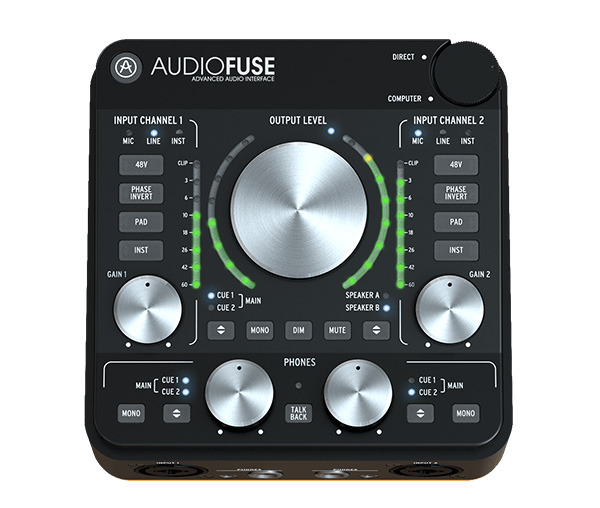The dropouts plaguing audio interfaces on Macs with Apple's T2 chip involve an overload of a USB bus running in the slower USB 2.0 speed, according to an Ableton-certified trainer.
The problem happens whenever the T2 tries to sync time and location, trainer Abid Hussain informed CDM. Toggling off "set date and time automatically" in System Preferences will reduce incidents, as will disabling location sync in the Time Zone tab, but neither setting will fix the glitch completely.
At present, the beta versions of macOS don't seem to fix the incompatibility. Listed solutions include buying new gear with Thunderbolt or USB 3.0 connectivity, switching to Thunderbolt on an existing piece of audio gear if available, or buying a powered Thunderbolt 3 hub that has its own USB controller that will be unimpacted by T2 polling of the time sync routines.
The T2 chip controls a variety of Mac subsystems such as boot and security functions. While it has benefits like faster disk encryption, it has already been blamed for multiple issues, including kernel panics, Mojave installation errors, and interference with third-party repairs. It can be found in the iMac Pro and 2018 models of the Mac mini, MacBook Air, and MacBook Pro.
For musicians and other people working with audio hardware, the interface bug can render the gear unusable, especially during live concerts.
Read Hussain's full explanation below:
Unchecking the time sync only reduces the dropouts. You need to also uncheck the location sync in the Time Zone tab, but even then you're only reducing the dropouts. Any time the T2 chip tries to sync, it will overload the USB2.0 bus, causing dropouts. There is no way any musician should go on stage with a 2018 [Mac] and a USB2.0 audio interface directly connected to it. The only solutions are 1) Get a Thunderbolt or USB3.0 audio interface, or 2) Use a Certified Thunderbolt 3 powered hub (not a bus-powered or cheap non-certified hub) - Cable Matters has a solution for $169 on Amazon, but most of those hubs are at least $200-300. Using a certified TB3 hub creates a separate external USB2.0 bus, in which you can run your USB2.0 audio interface. The cheap hubs do not work because they don't run on the TB3 bus, and therefore they don't create their own separate USB2.0 bus, which means you're going to get dropouts.
 Roger Fingas
Roger Fingas







-m.jpg)






 Marko Zivkovic
Marko Zivkovic
 Christine McKee
Christine McKee
 Andrew Orr
Andrew Orr
 Andrew O'Hara
Andrew O'Hara
 William Gallagher
William Gallagher

 Mike Wuerthele
Mike Wuerthele
 Bon Adamson
Bon Adamson


-m.jpg)


24 Comments
If you're a professional musician you sure as hell won't scoff at making sure your bus interfaces are being saturated. Sorry, but typical home studios are > $5k in equipment. Most quality Audio Interfaces are already USB-C ready 3.1 interfaces with USB-C to USB-A and USB-C to USB-C cables included. Example: Focusrite Clarett Lines. If you're a professional, the odds of spending
It is not a good thing to look at all my USB 2.0 audio/MIDI gear and think, gee, if I ever get a new Mac with T2 chip I’m going to need new gear or jump through some hurdles to keep things working the way they presently do. Fortunately I do not need any new Macs at the present time.
If there is no fix on the Apple hardware/software side, I guess it’s move forward or move over.